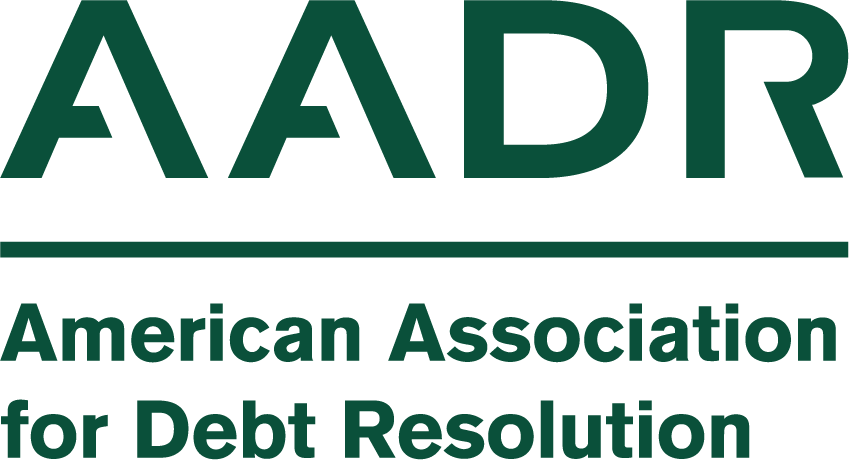By Denise Dunckel Morse
For me, the Fourth of July is synonymous with gratitude. It is, of course, a day to recall the men and women who, generations ago and since, fought to preserve our freedom. But Independence Day also reminds me how fortunate I am to have a home I can fill with friends and family and food — plenty of food.
My work with AADR members has deepened my gratitude. It has shown me how easily financial freedom can slip away. While we live in one of the most economically advanced countries in the world, people still fall ill, lose jobs, and face divorce or other major life events that have deep economic repercussions. When they do, they often turn to credit cards or other sources of unsecured credit. U.S. consumers currently owe more than $1 trillion to credit card companies. That debt soared $50 billion, or $50 billion, in the last quarter of 2023 alone.
Here is how AADR member companies seek to restore Americans’ financial freedom.
Consumers have few options to recapture financial freedom
Most Americans who seek the help of a debt resolution company have fallen on hard times due to no fault of their own. They are taking care of a loved one, out of work, or dealing with a major illness and just could not keep their budgets in balance, much less save.
By the time a consumer reaches out to a debt resolution provider, they are typically delinquent on at least one, and, frequently, most, of their credit cards. They owe tens of thousands of dollars to multiple unsecured creditors, including credit card issuers, medical debt servicers, and private student loan providers.
Importantly, AADR members’ clients are not looking for an easy way to skip their bills. In the midst of significant financial hardship, they are committed to resolving their obligations in whatever way they can. Debt resolution offers a way of meeting what many regard as a moral obligation: the opportunity to pay something, if not everything, in a dignified and economically reasonable manner.
I strongly believe these Americans deserve help and a path back to financial freedom.
Unfortunately, there are few options available to them. Bankruptcy is one path, of course, but the long-term financial consequences of filing bankruptcy are significant and can substantially limit the future economic opportunities of the filer for up to a decade. And there is another problem, too: Many consumers cannot meet the means test of the bankruptcy code. Bankruptcy may be appropriate for a certain set of families who are in acute financial hardship and credit counseling may be appropriate for others, but it is not right for everyone.
For Americans whom it is not, debt resolution can provide a path back to financial freedom — and it is a path where they are always in control.
Debt resolution keeps customers in the driver’s seat
AADR members offer an option to consumers who are in severe financial distress by negotiating with their creditors to pay a lower amount than what they owe.
Importantly, debt resolution does not lock consumers into a plan that may not work for them. In fact, debt resolution clients always have the freedom to say no to an offer for settlement, and they have the right to walk away from their engagement with a debt resolution provider at any time. Additionally, under Federal Trade Commission (FTC) guidelines embraced and adhered to by AADR members, debt resolution clients pay no fees until they agree and make a payment towards a negotiated settlement.
Consumers are always in control during their debt resolution program, including controlling any funds contributed to their dedicated account.
As my colleague Stacey Silva alluded to in a recent blog post, ensuring transparency is a key component of restoring Americans’ financial freedom. AADR and FTC rules require debt resolution service providers to make meaningful disclosures to consumers, including:
- How much the service costs, as well as any material restrictions, limitations, or conditions on the debt relief service;
- How long it will take the consumer to achieve the represented results based on a good faith estimate;
- How much money a customer must save before a debt resolution provider makes a settlement offer to creditors; and
- The possible consequences if a customer fails to make timely payments to creditors.
In total, Americans saved $1.65 billion annually as a direct result of debt resolution. The average consumer sees their overall debt reduced by nearly 32 percent on settled accounts. If you are on sound financial footing, those numbers may not mean much to you, but for consumers facing mountains of debt, they add up to freedom and peace of mind
On behalf of the entire AADR team, we are grateful to represent an industry that works every day to enhance Americans’ financial freedom.



